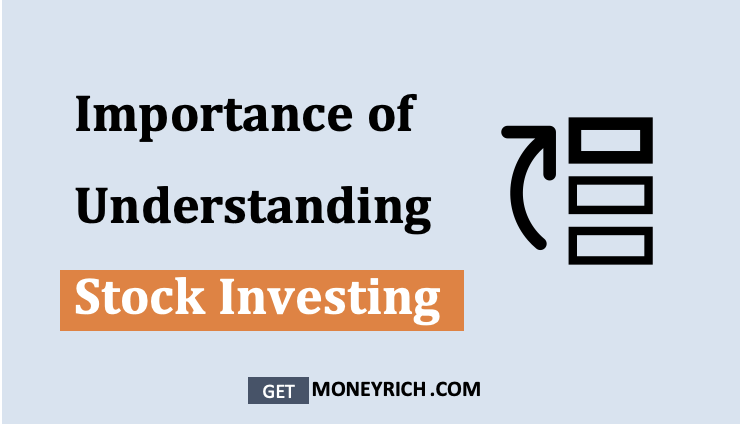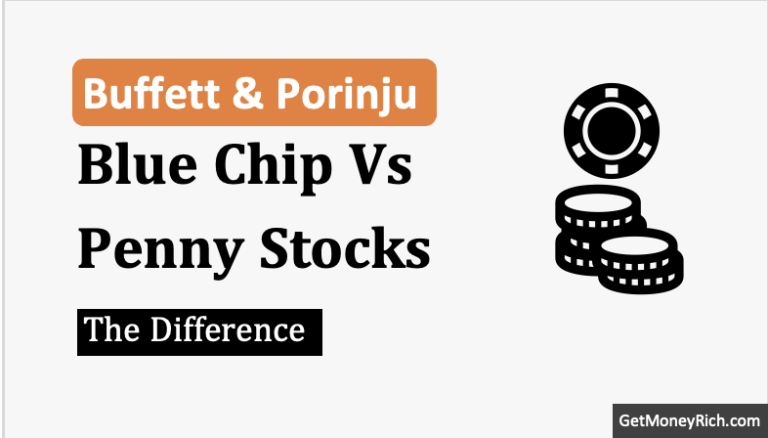Mutual Fund Managers vs. Retail Investors: Key Differences in Stock Investing Strategies for Long-Term Success
Practicing long-term investing in stocks can be challenging. This is especially true for retail investors who often look to experts for guidance. I have observed a recurring trend in the recommendations made by the appearing guests of mutual fund houses on various TV news channels. They frequently suggest stocks that have already been performing well…












